The Jore Pokhri Wildlife Sanctuary, located in the beautiful highlands of the Eastern Himalayas, is one of West Bengal’s top sanctuaries. It’s a relatively lesser-known sanctuary but an important one for preserving the local flora and fauna of the place. This sanctuary, with its lush trees and intriguing species, provides tranquillity and an amazing experience amid pristine nature. This place is well-known for its scenic twin lakes and the ability to see exotic birds and animal species. You can also indulge in Jore Pokhri Wildlife Sanctuary activities to fuel your adrenaline.
Location
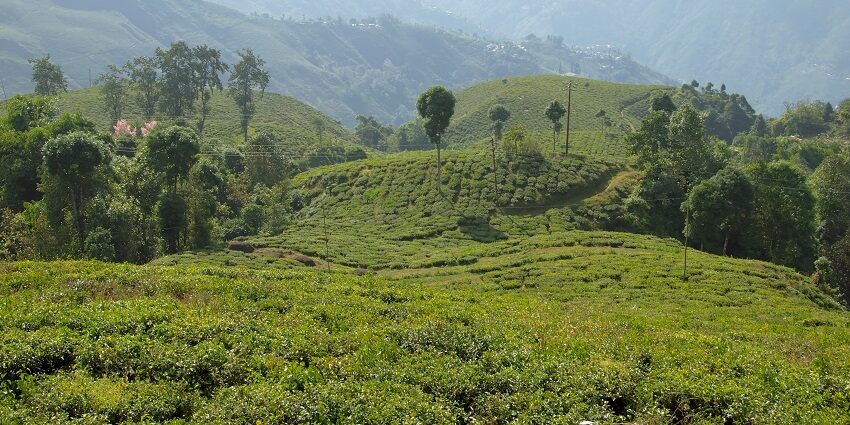
Photo: Vyacheslav Argenberg / Wikimedia Commons
Jore Pokhri Wildlife Sanctuary address is easily accessible. It is located in the Darjeeling district of West Bengal, India, and has an area of around 2 square kilometres. The sanctuary, located at an elevation of 2,400 metres, is around 20 kilometres from Darjeeling. This refuge is well-known for its peaceful twin lakes, which are frequently shrouded in mist. The sanctuary’s location provides stunning views of the surrounding environment and distant Himalayan peaks.
Suggested Read: Wildlife Sanctuaries In West Bengal
How To Reach Jore Pokhri Wildlife Sanctuary
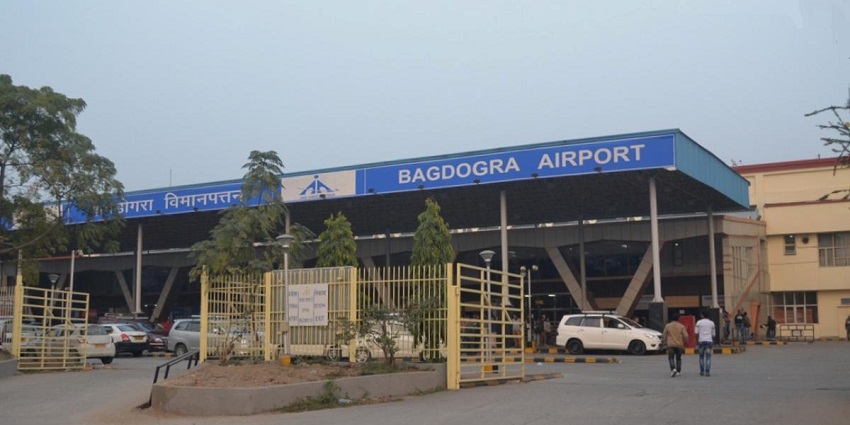
Photo: Samir Kumar Sarkar / Wikimedia Commons
By Air: The nearest airport to Jore Pokhri, Darjeeling is Bagdogra Airport, which is around 80 kilometres from Darjeeling. Visitors can take a cab or a bus from the airport to Darjeeling, then continue to the sanctuary.
By Road: Darjeeling is well-connected by road to cities such as Kolkata, Siliguri, and Gangtok. Taxis and buses are readily available from Darjeeling to reach Jore Pokhri Wildlife Sanctuary.
By Rail: The nearest railway station to Jorpokhri Wildlife Sanctuary is New Jalpaiguri or NJP. This station provides great connectivity to major cities in India. Visitors can take cabs or buses from NJP to Darjeeling and then go to the sanctuary.
12 Places To Visit Around Jore Pokhri Wildlife Sanctuary
Here is a list of all the serene places to visit around Jore Pokhri Wildlife Sanctuary that promises a serene getaway.
1. Twin Lakes
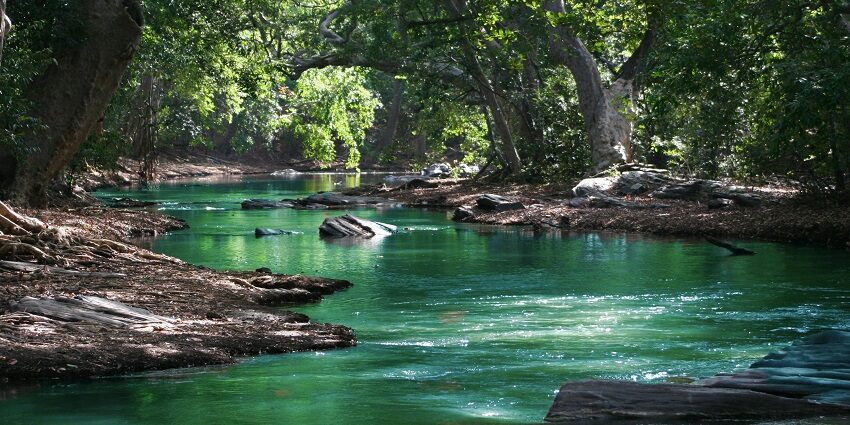
Photo: Ian Turnell / Pexels / Image For Representation Only
The twin lakes of Jore Pokhri are the sanctuary’s major attraction. These tranquil lakes are surrounded by thick flora and provide a serene escape for nature lovers. The lakes support a variety of amphibian species and provide critical habitat for migratory birds. The lakes’ calm setting makes them ideal for picnics and leisurely hikes. Birdwatchers can enjoy seeing a wide variety of avian species, particularly during the migratory season.
Entry Fee: Free
Timings: Open year-round, typically accessible from dawn to dusk
Distance From The Sanctuary: Wihtin the sanctuary
Suggested Read: The Best Adventure Sports In Darjeeling For An Exciting Outing
2. Darjeeling
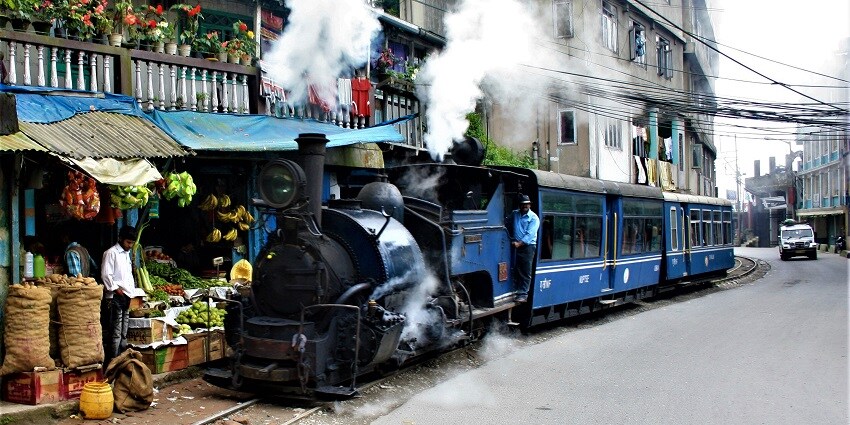
Photo: Arne Hückelheim / Wikipedia Commons
Darjeeling, in the West Bengal state of India, is a town and a district with world-renowned tea and fabulous views against the backdrop of the Kanchenjunga mountain range. It is the haven famous for its rich cultural and natural heritage with the famous toy railroad already declared a UN historical site. There are two national parks here—the Neora Valley NP and the Singalila NP—and one wildlife sanctuary, the Mahananda WLS. Singalila National Park is famous for the rare and endangered red pandas. Neora Valley is an exceptionally beautiful tropical forest with many tourist attractions.
Entry Fee: Free
Timings: Open year-round, typically accessible from dawn to dusk
Distance From The Sanctuary: 23 km
3. Tiger Hill
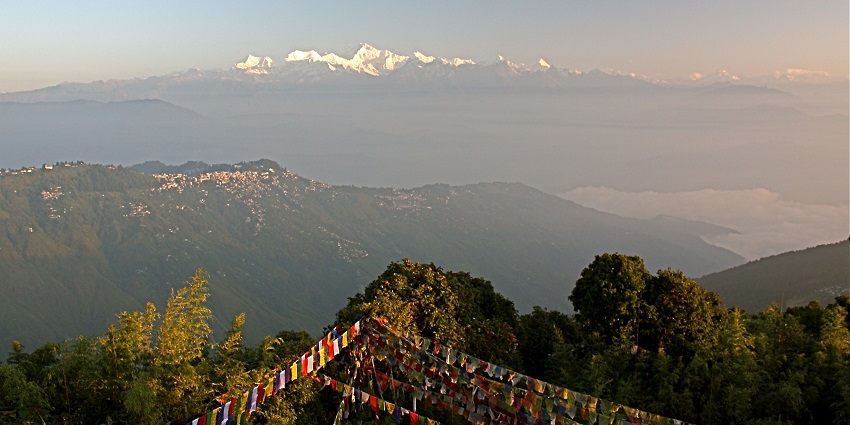
Photo: Judith / Wikimedia Commons
Tiger Hill, located around 11 km from Darjeeling, is a well-known viewpoint and landmark in the area. Noted for its magnificent sunrise views, Tiger Hills form a lovely image as the first light of dawn pours a golden glow over Kanchenjunga’s towering peaks. On clear days, tourists may be able to glimpse the stunning Mount Everest in the distance. The panoramic view from Tiger Hill encompasses a breathtaking view of snow-capped Himalayan peaks.
Entry Fee: Free
Timings: 8 AM – 6 PM
Distance From The Sanctuary: 17 km
Suggested Read: Best Hill Stations Near Darjeeling For A Marvellous Staycation
4. Ghoom Monastery
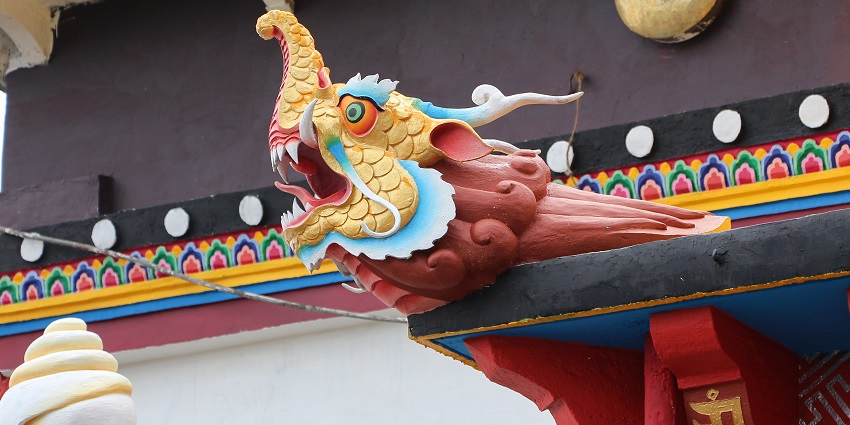
Photo: Bernard Gagnon / Wikimedia Commons
Ghoom Monastery, also known as Yiga Choeling, is one of Darjeeling’s oldest Tibetan Buddhist monasteries. It was built in 1850 and now holds a 15-foot-high statue of the Maitreya Buddha, who is thought to be the Buddha of the future. The interiors of this monastery are decorated with beautiful thangkas, manuscripts, and other sacred items. This monastery provides a peaceful setting for meditation and reflection, with panoramic views of the surrounding mountains and valleys.
Entry Fee: Free
Timings: 8 AM – 6 PM
Distance From The Sanctuary: 6 km
5. Batasia Loop
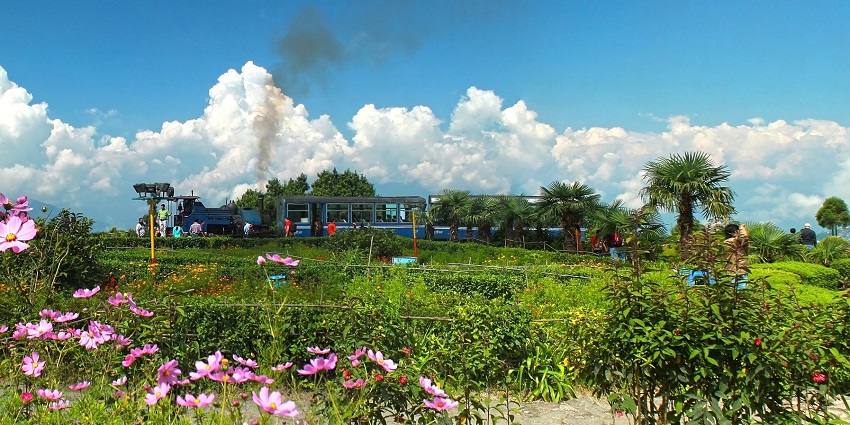
Photo: Vikramjit Kakati / Wikipedia Commons
The Batasia Loop, a magnificent feat of engineering on the Darjeeling Himalayan Railway, is located just outside Ghoom. This clever loop allows the miniature train to handle the Himalayas’ severe gradients while providing guests with a rare 360-degree panoramic picture of Darjeeling and the majestic Kanchenjunga range. The Batasia Loop is surrounded by a finely designed garden with a variety of flowering plants and shrubs, making it a favourite destination for nature enthusiasts and photographers.
Entry Fee: Approx. ₹30 per person
Timings: 6 AM – 6 PM
Distance From The Sanctuary: 5 km
Suggested Read: Best Places To Visit In Darjeeling For Couples
6. Peace Pagoda
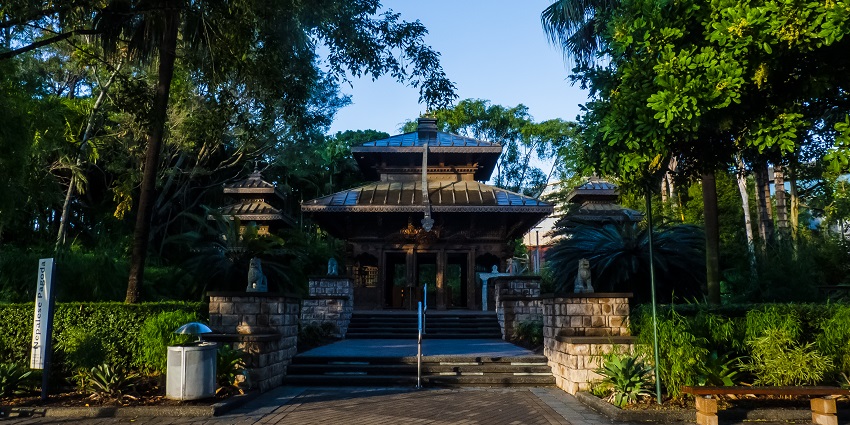
Photo: John Robert McPherson / Wikipedia Commons / Image For Representation Only
The Peace Pagoda, also known as the Japanese Peace Pagoda, serves as a symbol of peace and harmony in Darjeeling. This stunning edifice, built by the Japanese Buddhist monk Nichidatsu Fujii and inaugurated in 1972, is set on a hilltop and offers panoramic views of Darjeeling and the surrounding Himalayan ranges. The pagoda is known for its tranquil ambience and magnificent construction, which includes four enormous Buddha statues depicting major events in the Buddha’s life—his birth, enlightenment, teaching, and death.
Entry Fee: Approx. ₹25 per person
Timings: 8 AM – 6 PM
Distance From The Sanctuary: 19 km
7. Lloyd’s Botanical Garden
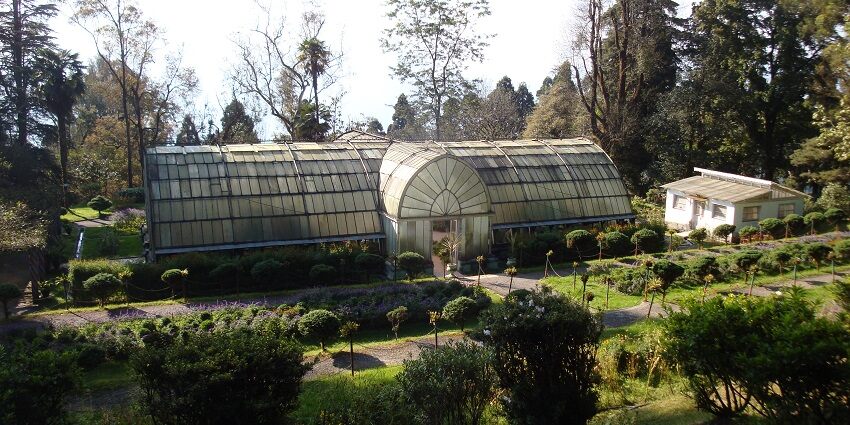
Photo:Jeabapt / Wikipedia Commons / Image For Representation Only
Lloyd Botanical Garden, which spans around 40 acres, is one of the city’s most unusual attractions. The garden contains alpine plants, plum lilies, geraniums, ash, birch, lilac from China and Japan, and plums, cherries, magnolias and cypress from the United States. The greenhouse displays up to 150 different species of cactus and succulents. Their dedicated student section is a wealth of literature on the state’s vegetation. You can learn about specific plants in the Medical Garden and take a stroll in the Rock Garden.
Entry Fee: Approx. ₹10 per person
Timings: 8 AM – 5 PM
Distance From The Sanctuary: 19 km
Suggested Read: Darjeeling Zoo
8. Dali Monastery
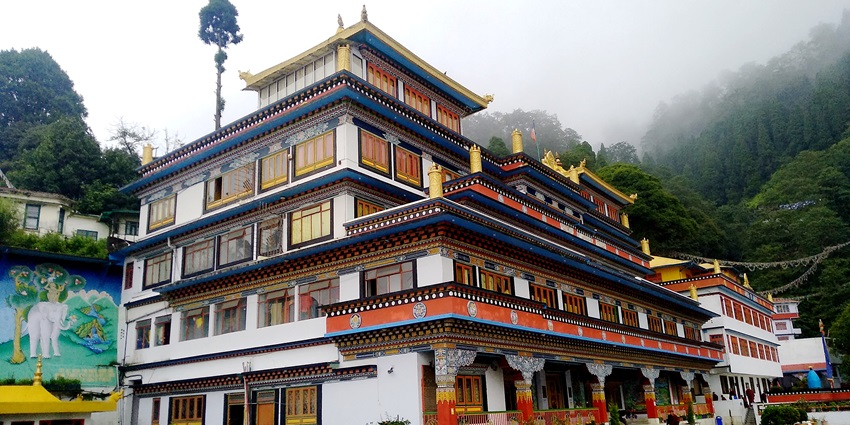
Photo: JyotiPN / Wikimedia Commons
Dali Monastery, a Drukpa Kagyud Monastery of the Kagyupa Order is one of the top sacred places to visit in Darjeeling. It is situated between Ghoom and Darjeeling at 7,000 feet. An ideal destination for devotees, the monastery promises a spiritual retreat. The monastery was built by Kyabje Thuksey Rinpoche in 1971 and exudues spiritual charm and historical elegance. Visitors can explore the serene monastery, enjoy panoramic views, and witness the daily routines of the resident monks, as the monastery houses more than 200 monks.
Entry Fee: Free
Timings: 5 AM – 7 PM
Distance From The Sanctuary: 45 km
9. Mirik Lake
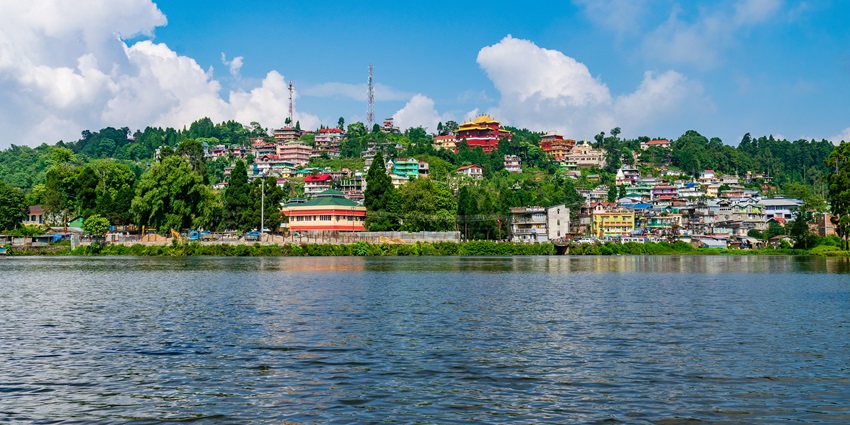
Photo: Shubh.ch1994 / Wikimedia Commons
One of the best things to do in Darjeeling is to explore the Mirik Lake, a shimmering water body helmed with natural beauty. It features crystal-clear waters, verdant banks, and lush green vegetation. The lake has an arch footbridge called the Indreni Pull (Rainbow Bridge) and a 3.5 km long road that encircles the lake which is used for morning walks. Visitors can also enjoy swimming and scenic boat rides on the lake. Temple of Singha Devi or Devi Sthan located on the western bank of the lake is another tourist attraction here.
Entry Fee: Free
Timings: 24*7
Distance From The Sanctuary: 19 km
Suggested Read: Darjeeling Picnic Places
10. Mahananda Wildlife Sanctuary
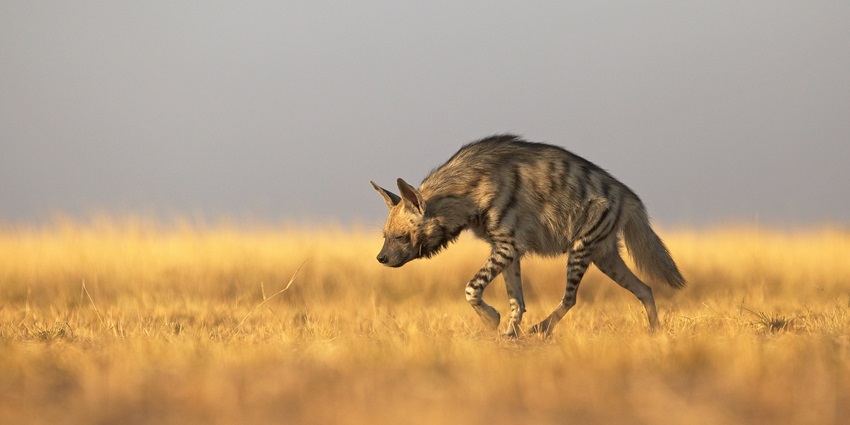
Photo: Rohit Varma / Unsplash / Image For Representation Only
Mahananda Wildlife Sanctuary, located at the Southern part of Darjeeling District is a haven for nature lovers and wildlife enthusiasts. Home to an array of wildlife, the sanctuary is spread over a varied terrain where the altitude is around 500ft. Here, you can catch glimpses of Indian elephants, Royal Bengal Tiger, Indian bison, barking deer, spotted deer, sambar, Rhesus monkey etc. Also, if you wish to indulge in Darjeeling trekking, you should visit this place as it is decked with rugged terrains offering trekking opportunities to adventure seekers.
Entry Fee: ₹50 for Indians and ₹100 for foreigners
Timings: 6 AM – 5 PM
Distance From The Sanctuary: 50 km
11. Neora Valley National Park
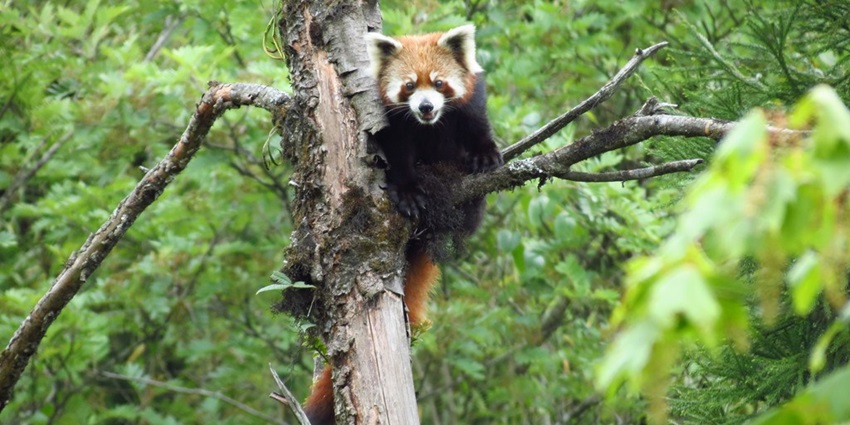
Photo: Soumyadeep Chatterjee / Wikimedia Commons
Blessed with scenic natural beauty, Neora Valley National Park is a picturesque destination. It is suffused with lush greenery, rugged trails, cascading waterfalls, and a diverse array of flora and fauna. An excellent spot for nature and wildlife lovers, the national park is an ideal destination for travellers seeking a closer interaction with nature and wildlife. It is home to orchids, exotic rhododendrons, elusive red pandas, and majestic Himalayan black bears. With over 260 avian species calling the park home, the national park is also perfect for birdwatching. While going through the Darjeeling Travel Guide, you cannot miss this jewel of West Bengal.
Entry Fee: ₹130 for Indians and ₹500 for foreigners
Timings: 9 AM – 4 PM
Distance From The Sanctuary: 70 km
Suggested Read: National Parks In West Bengal
12. Rock Garden & Ganga Maya Park
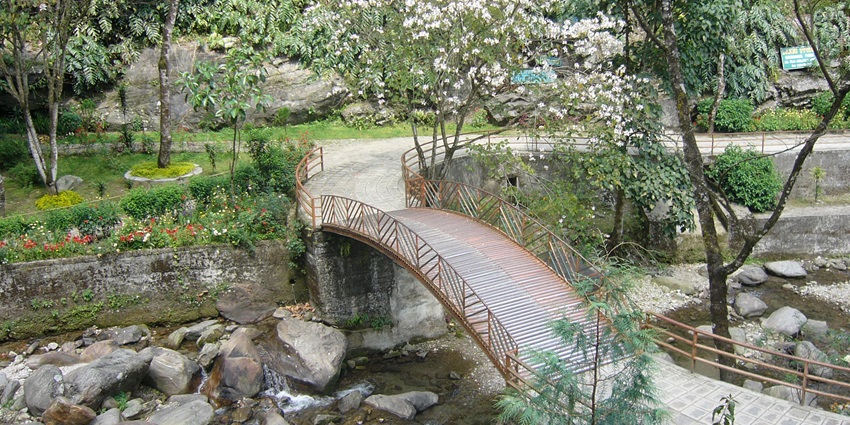
Photo: Shahnoor Habib Munmun / Wikimedia Commons
Nestled amidst the rolling hills of Darjeeling, the Rock Garden (also known as Barbotey Rock Garden) and Ganga Maya Park attracts visitors with its awe-inspiring natural beauty. The Rock Garden is a showpiece blending natural beauty and human creativity. It is a man-made marvel, terraced around a natural waterfall. As you stroll through Ganga Maya Park, you can hear the sounds of the gushing streams. It is an ideal destination for travellers seeking a peaceful retreat in the wilderness of nature. Also, if you wish to relish the best food in Darjeeling, you can explore the nearby eateries and sample some delicacies.
Entry Fee: ₹20
Timings: 10 AM – 4 PM
Distance From The Sanctuary: 20 km
Where To Stay
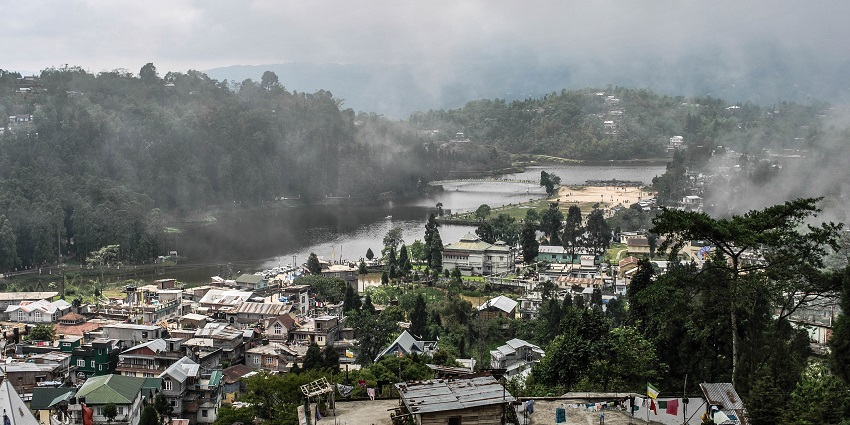
Photo: Sujay25/ Wikimedia Commons
Visitors to Jore Pokhri Wildlife Sanctuary can select from several lodging options based on their budget and preferences. Darjeeling offers everything from inexpensive guest houses to luxury resorts, ensuring a comfortable stay for all guests. Kurseong and Mirik have wonderful hotels, many with spectacular views of the tea gardens and hills. You can consider living in a local homestay for a more immersive experience that includes traditional hospitality and handmade cuisine.
Suggested Read: Darjeeling Nightlife
Where To Eat

Photo: Scuds Vlad / Wikimedia Commons / Image For Representation Only
Darjeeling serves a wide variety of cuisines, including traditional Bengali food like fish curry and rice, flavourful North Indian delicacies like biryanis and kebabs, and Tibetan specialities like thukpa (noodle soup) and momos. Local cafes and bakeries serve freshly baked food and drink, making for a relaxing afternoon. Street food enthusiasts can sample appetisers like samosas and pakoras from a range of vendors.
Best Time To Visit
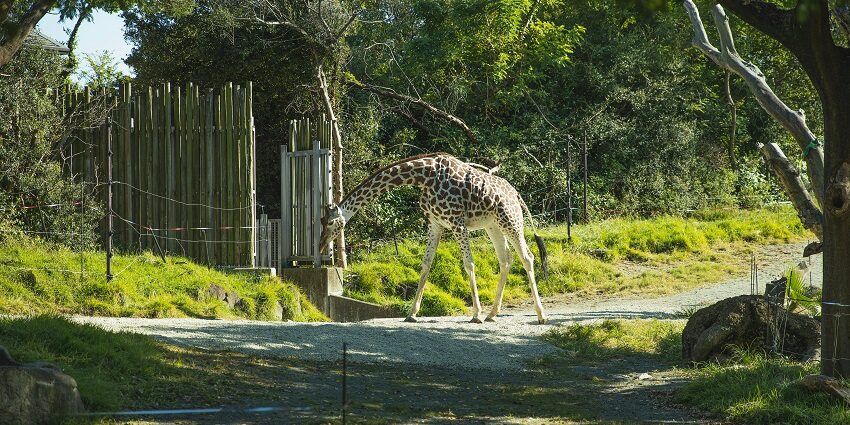
Photo: Ryutaro Tsukata / Pexels / Image For Representation Only
The best time to visit Jore Pokhri Wildlife Sanctuary is between October and April. During these months, the weather is pleasant and perfect for outdoor activities, with cool evenings and comfortable daytime temperatures. This is also the post-monsoon season, when the natural splendour of the Eastern Himalayas reaches its height, making it ideal for wildlife viewing and nature walks. The sanctuary is less crowded during these months, which enhances the whole experience.
Suggested Read: A Complete Guide For Rock Climbing In Darjeeling
Other Factors To Consider
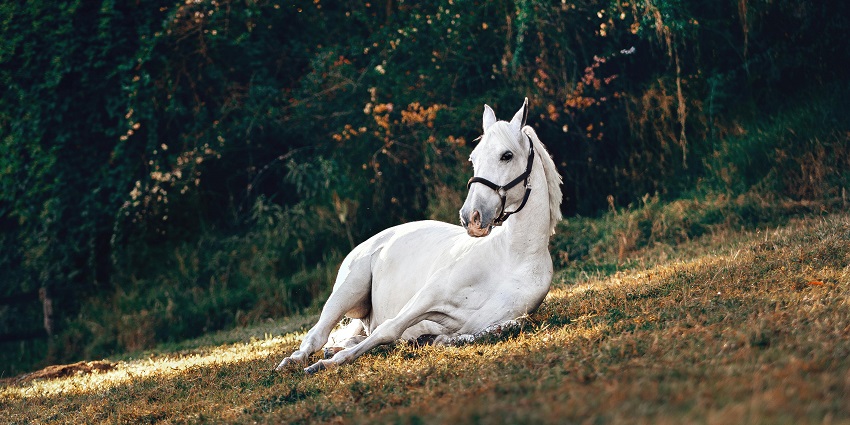
Photo: Helena Lopes / Pexels / Image For Representation Only
Average Cost Of The Trip
A trip to Jore Pokhri Wildlife Sanctuary can cost between ₹4000 and ₹8000 per day. This estimate includes Jore Pokhri Wildlife Sanctuary ticket price, basic lodging, meals at local restaurants, and transportation within the area. The sanctuary’s entry costs are relatively inexpensive, ranging from ₹100 to ₹200 per person. Additional fees may apply for licences for activities like trekking or wildlife photography, which is available locally.
Tips For Travellers
- Bring light woollen clothes since temperatures may decrease at night.
- Ensure that you have all required permits for trekking or entering restricted regions.
- Practise responsible tourism by keeping a safe distance from wildlife and adhering to sanctuary requirements.
- Support the local economy by buying items and crafts from local sellers.
- Plan your activities ahead of time and check weather forecasts to make the most of your trip.
- Carry a camera to click Jore Pokhri Wildlife Sanctuary photos.
Jore Pokhri Wildlife Sanctuary is a haven for adventurers and nature enthusiasts, offering unparalleled beauty and rich biodiversity. Every moment spent in this sanctuary provides an opportunity to commune with nature, whether on a wildlife safari through dense forests or by the tranquil lakes. Check out TripXL for your next trip to this sanctuary for end-to-end holiday packages and a completely hassle-free holiday.
Cover Photo: Natalija Mislevicha / Pexels / Image For Representation Only


 WhatsApp
WhatsApp
 Twitter
Twitter









